 |
 |
 |
 |
 |
 |
|
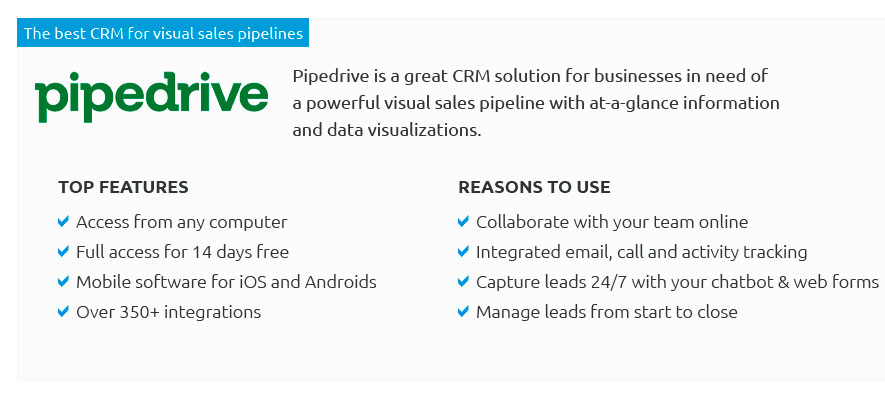 |
|
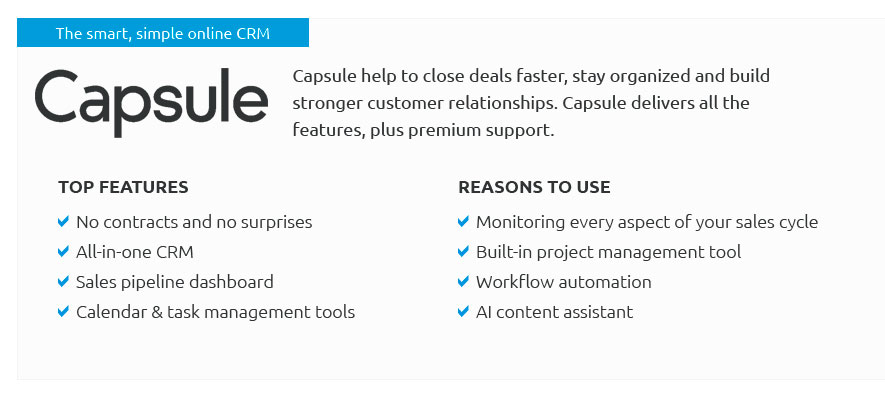 |
|
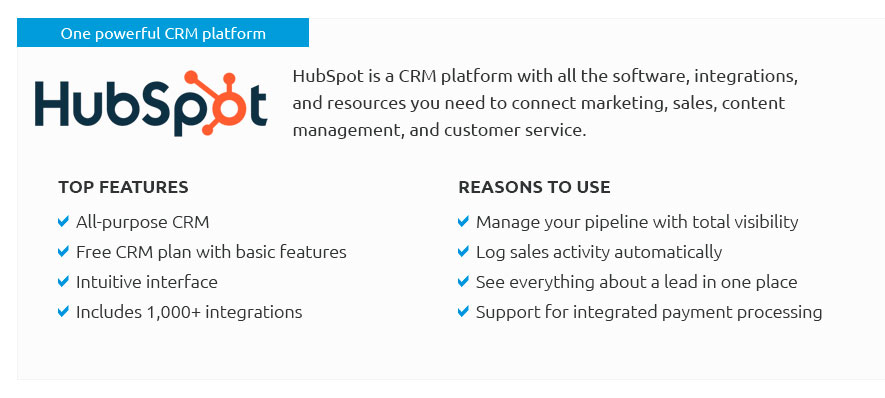 |
|
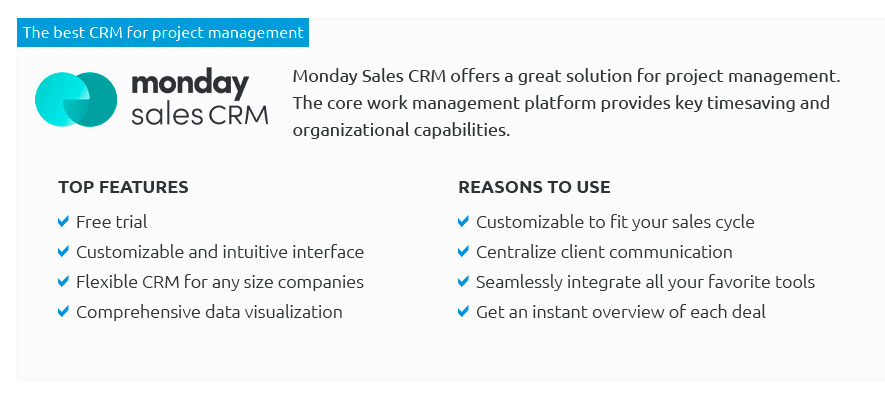 |
|
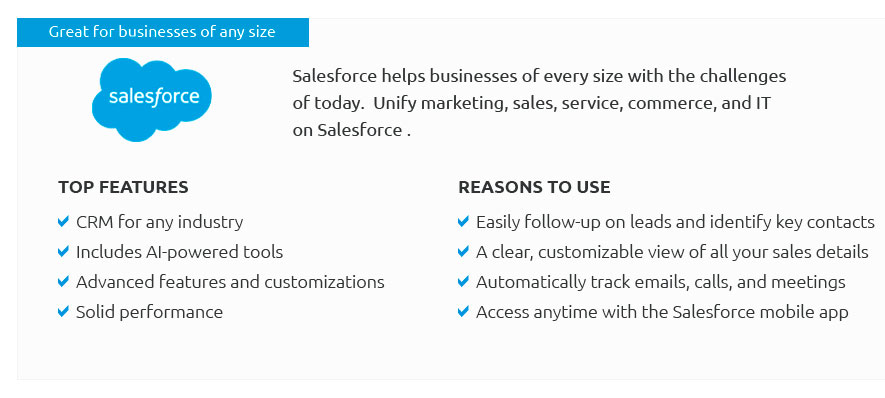 |
|
 |
 |
Understanding Deal Management Software: Key Insights and Common Mistakes to AvoidIn the rapidly evolving world of business technology, deal management software emerges as a vital tool, streamlining the often complex processes of managing sales deals. This type of software is designed to help sales teams organize and monitor their sales activities more efficiently. However, like any tool, its effectiveness largely depends on how it is used. It is crucial to understand not only the capabilities of deal management software but also the common pitfalls that users should avoid to maximize its potential. At its core, deal management software is all about improving efficiency and visibility in the sales pipeline. It offers features such as tracking deals, managing customer interactions, and analyzing sales data. Despite its benefits, many organizations fall into certain traps that can hinder the software's effectiveness. Let’s delve into these common mistakes and discuss strategies to avoid them. Firstly, one prevalent mistake is underutilization. Businesses often invest in sophisticated deal management tools only to use a fraction of their capabilities. This typically happens when teams do not receive adequate training or when the software's features are not fully aligned with the company’s sales processes. To avoid this, it is essential to ensure comprehensive training sessions for all users and to customize the software settings to fit the specific needs of the organization. Another issue arises from inadequate data management. Deal management software relies heavily on accurate and up-to-date data to function effectively. If the data input is flawed or inconsistent, it can lead to misguided decisions and missed opportunities. Companies should implement strict data entry protocols and regular audits to maintain data integrity.
Moreover, organizations often make the mistake of not setting clear metrics and goals for their deal management efforts. Without clear objectives, it becomes challenging to measure success or identify areas for improvement. Establishing key performance indicators (KPIs) is crucial for assessing the impact of the software on sales performance. In conclusion, while deal management software can be a powerful asset for any sales-driven organization, its effectiveness hinges on proper implementation and usage. By avoiding common mistakes such as underutilization, poor data management, and ignoring user feedback, companies can unlock the full potential of their deal management tools. The right approach not only enhances sales efficiency but also provides a significant competitive advantage in today’s fast-paced market environment. https://www.dealpath.com/
Real Estate Deal Management Software - Centralize Data. - All in One Platform. - Over 300 Firms Trust Dealpath With Their Real Estate Investment Process. https://www.salesmate.io/deal-management-software/
Salesmate caters to all your sales needs and manages deals efficiently. Pay immediate attention to each deal individually while caterting to the entire ... https://www.zoho.com/crm/deal-management.html
Zoho CRM deal management software gives you everything you need to manage deals across territories and sales structures.
|